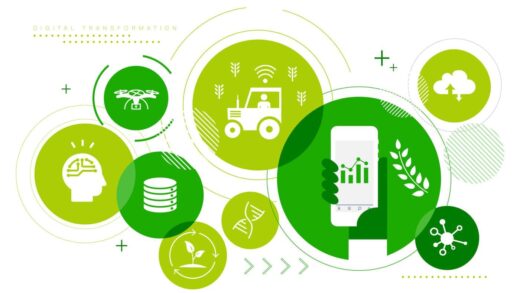It’s impossible to imagine the world without a stable energy supply, right? But here is an alarming wake-up call: there is no single chance that fuel supplies will have the capacity to sustain the world’s unyielding appetite for energy resources. With each passing day, hard data becomes more convincing, showing that global crude oil reached its output point long ago.
And what about natural gas? Current oil field technologies made it possible to tap into all-natural gas layers simultaneously, which resulted in substantial decline rates. For example, in the USA, only in the past decade, conventional gas supplies declined by almost half. The North Sea, Russia, and Indonesia are on the decline, too.
So, where to get an additional source of electricity? Scientists seem to find the answer – the ocean and its waves can serve as a great alternative to getting renewable energy.
Ocean Waves As a Battery?
From the very first years of our conscious life, we get to know that almost 70% of our planet’s surface is covered by water. And of this, most water is found in the oceans, while only the remaining 2% is fresh water in rivers, lakes, and ice.
However, besides being a home for thousands of creatures, the ocean is a lifelong battery constantly receiving and releasing energy. This energy roots its sources mainly from the sun through heat and light energy, or indirectly from the winds and pulls. Moreover, the ocean’s water is in continuous motion due to the flow changes, wave movements, and ongoing flows. And this dependable constancy is what makes the base for renewable energy concepts and theories rely on.
In general, the idea is very simple – Tides rise and fall predictably and become an attractive proposition for powering the grid. Then you can produce energy with the help of a specific device like a turbine placed underwater. But contrary to the idea’s simplicity, implementing this concept is quite challenging and requires a lot of experimental research.
As such, the basics and foundation for using the ocean as a great resource for green power are already laid. Additionally, researchers have already created multiple mechanisms and designs for utilizing ocean energy, some of which we will review below.
Wave Energy
There are multiple newly adopted systems researchers recommended for absorbing the wave movements and producing energy. Here are the most popular ones:
#1 Surface Attenuator
It’s a specially designed device with several arms that float on the surface. The vibration of the waves makes a flexing motion at the joints powering the generator and accumulating electricity. The generated electricity is then carried to shore through a cable under the ocean.
#2 Point Absorber Buoy
This absorber floating buoy aims to balance the base on the ocean floor. When the buoy rises up and down with the waves, it moves the generator, thus creating electricity. The produced electricity is forced to the collection device that passes the electricity to the onshore grid.
#3 Oscillating Water Column
It’s a concrete mechanism created with an opening below sea level and an enclosed chamber. When waves plunge into the opening, the water level rises, forcing the air through a turbine connected to the chamber’s upper opening. Then the airflow drives the turbine generating electricity.
#4 Wave Carpet
It’s a flexible membrane that extends along the seafloor and moves up and down when waves run over it. Thus, it pushes the water to a discharge pipe via vertical pumps to drive the turbine onshore and generate electricity.
#5 Overtopping Device
The device’s structure can float offshore or onshore, capturing waves breaking over it into a storage reservoir. Then the waves pass through the turbine in the chute, generating electricity when the flows go back to the sea.
Water Thermal Energy
As studies show, 70% of the sun’s energy land on the ocean and is captured in the surface layers as heat. Thus, the difference in temperature between cold deep water and warm surface water can generate electricity.
To gather thermal energy, people can use heat exchangers that help to separate the different fluids of cold and warm water.
Osmotic Power
The technology of osmotic power is based on one of the natural phenomena: water with a high concentration of salt seeks a lower concentration of salt. So, when waters with different salinity levels meet and reach a uniform salinity, a specific amount of energy will be released.
Osmotic power stations reproduce this occurrence by using osmosis. It helps separate a tank of salty water from fresh water with a semi-permeable membrane. Thus, fresh water will be drawn into the saltwater side, raising the water pressure in the saltwater tank and generating electricity.
The Bottom Line
Recently, the term “renewable energy” has become trendy and has captured the attention of many investors and researchers. The concept of generating green energy from “clean” power sources without polluting the air seems to be a real revolution. However, all these concepts regarding ocean wave energy are still in development. They have a long way to go before becoming realized.
But who knows? Maybe after several years, we will be able to use the infinite resources of the ocean’s water to generate electricity.





